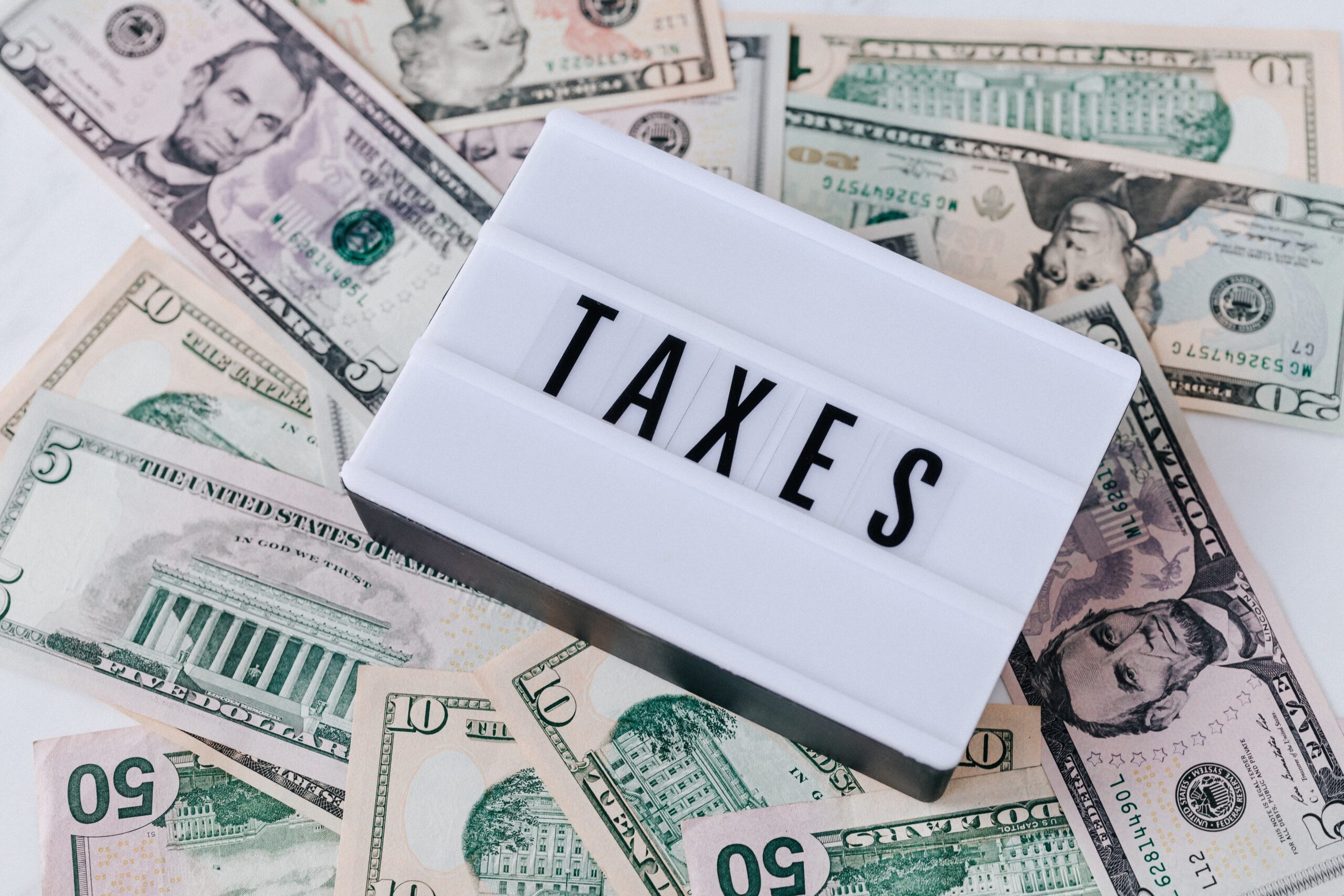Navigating the Payroll Tax Deferral Executive Order
A summary of what you should know so far about the Payroll Tax Deferral Executive Order
What is the Payroll Tax Deferral Executive order?
The order defers an employee’s obligation to pay the 6.2% payroll tax which goes toward Social Security. Workers also pay a Medicare tax of 1.45%, which is not included in this deferral.
To do this, the administration is exercising a section of the tax code that allows the Treasury secretary to postpone certain tax-related deadlines during a federally declared disaster. It is the same authority the Treasury Department used earlier in the year to delay the April 15 tax-filing deadline until July 15.
Details of this payroll tax provision remain unknown and awaiting guidance to be issued by the Department of Treasury, which is expected to occur by the end of the week.
How is this different from the CARES Act tax deferrals?
In late March, the $2.2B CARES Act included employer deferral of their share of the Social Security tax (an additional 6.2%) as well as their additional 1.45% Medicare Tax share from March 27, 2020 through December 31, 2020. Employers are currently required to pay-back one-half of this sum by the end of 2021 and the second half by the end of 2022.
Who is eligible?
The payroll tax deferral only applies to employees with biweekly pre-tax income of less than $4,000.
When will it take affect?
The social security payroll tax deferral is limited to the period between September 1, 2020 and December 31, 2020.
What is its intended impact?
To increase paychecks during a period of time when cash flow is needed most and to generate additional incentives for work and employment.
What does it mean for Employers?
The order requires employers to take steps to ensure compliance, including working with their payroll administrators and adjust systems to pause the 6.2% tax withholding by September 1. It is still unclear whether employers will be required to take advantage of the delay, nor does it address what an employer should do if they decide to continue withholding payroll taxes.
Employer considerations include:
-
- Communication to employees that while their take-home pay may go up in the short term, they may be required to repay these deferred taxes at a future date.
- Managing complexities of tax implications for workers who leave their jobs or businesses that close before the end of the year.
- Because businesses will be ultimately be responsible for paying the taxes to Government – perhaps during tax season — it may be prudent to hold on to the funds vs. passing them along to workers and trying to get it back.
What does it mean for Employees?
It is estimated that the tax payment deferral would total $1,200 over four months beginning in September with the maximum benefit being about $2,149. Repayment could be required in the first quarter of 2021.
For right now, the tax obligation is not being forgiven. It should be considered an interest-free government loan that must be paid back three months later. However, the Executive Order does instruct the Treasury Department to look into how the government can forgive the deferred tax payment.
What else do I need to know?
Congress and the Trump Administration are still negotiating on a potential COVID-19 relief measure, and that a compromise bill could supersede this Executive Order.
By The RVR Team
RVR has helped numerous clients navigate through tax changes in the past. Please contact Jay Chaudhari at (407) 551-0203 or jchaudhari@rvrteam.com if you are interested in further discussing this matter with us.



